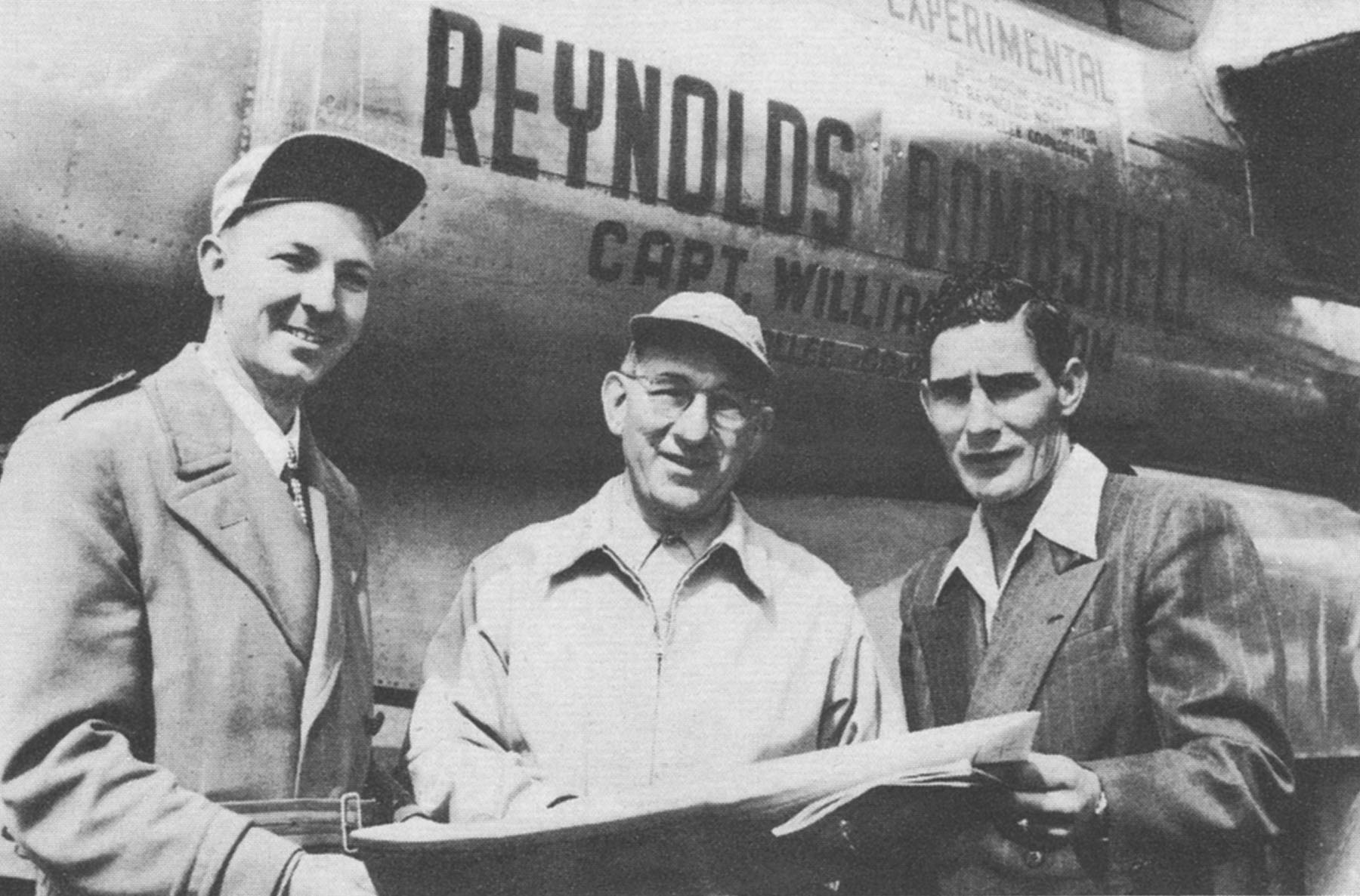
It’s sometimes easy to forget that our technologically complex world wasn’t created out of whole cloth. Or that it wasn’t always here. Without an awareness of the past, “the sense of time falls in upon itself,” writes Lewis Lapham, “collapsing like an accordion into the evangelical present.”
“Vintage Tech,” a new Believer column by B. Alexandra Szerlip, will examine some of the under-the-radar stories, personalities and techniques that inform our 21st century lives.
The odyssey, at times hilarious, of the ballpoint pen is a window into entrepreneurship and America’s consumer mentality at the start of the postwar (post WWII) period.
The first “ball tip” pen patent was filed back in 1888, the invention of Massachusetts leather tanner John Loud, who needed to mark hides, but it was never commercially exploited. Fifty years later, Hungarian journalist László Jozsef Biro—frustrated at always having to fill up fountain pens and clean up smudges—noticed that newspaper ink dried almost immediately, leaving the paper relatively smudge-free. But newsprint ink was too thick to flow through regular pen nibs (which often tore up the newsprint); he and his chemist brother, Georg, set to work making models. Their eureka moment came, the story goes, while watching boys playing street marbles; one marble, having rolled through a puddle, left a line behind it. The brothers devised a point fitted with a tiny ball bearing that, fed by a fine-coiled tube in the barrel, rolled (rather than poured) ink onto the page.
When WWII broke out, a few years later, the brothers fled to Argentina, found some investors (including Argentina’s president, Augustine Justo), filed a second patent, and opened a factory. The initial 20,000 run of the Biro brothers’ Strato-pen—advertised to work for six months without refilling—was quickly gobbled up. That it also functioned at high altitudes without leaking (more or less) caught the attention of the British Royal Air Force, who bought the licensing rights for the war effort. By the time the U.S. Air Force got wind of it, various stateside companies were vying for the rights.
Enter Milton Reinsberg, a Minnesota-bred high school dropout, entrepreneur and inveterate risk-taker who, at 53, had already earned and lost three fortunes (and changed his name to Reynolds) before the fateful day he spotted Biro’s pens in a Buenos Aires shop.
After a decade and a half of war rationing and Depression-induced deprivations, the American populace was hungry for novelties. Thinking ahead to the first post-war Christmas season Reynolds—who knew nothing about the pen business—quickly devised a way to get around the Biro patent. Working with an engineer, he re-formulated Biro’s ink, renaming it “SatinFlo,” and reconfigured the “feed” system from one based on capillary action to one that...
You have reached your article limit
Sign up for a digital subscription and continue reading all new issues, plus our entire archives, for just $1.50/month.
Already a subscriber? Sign in




